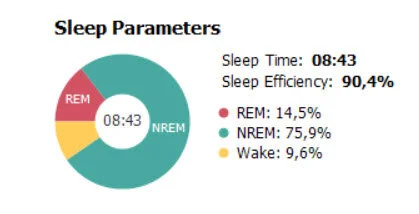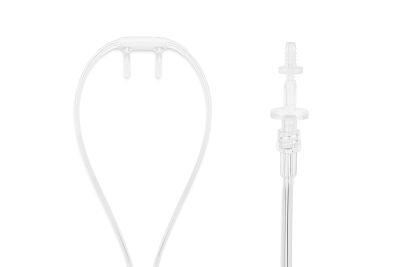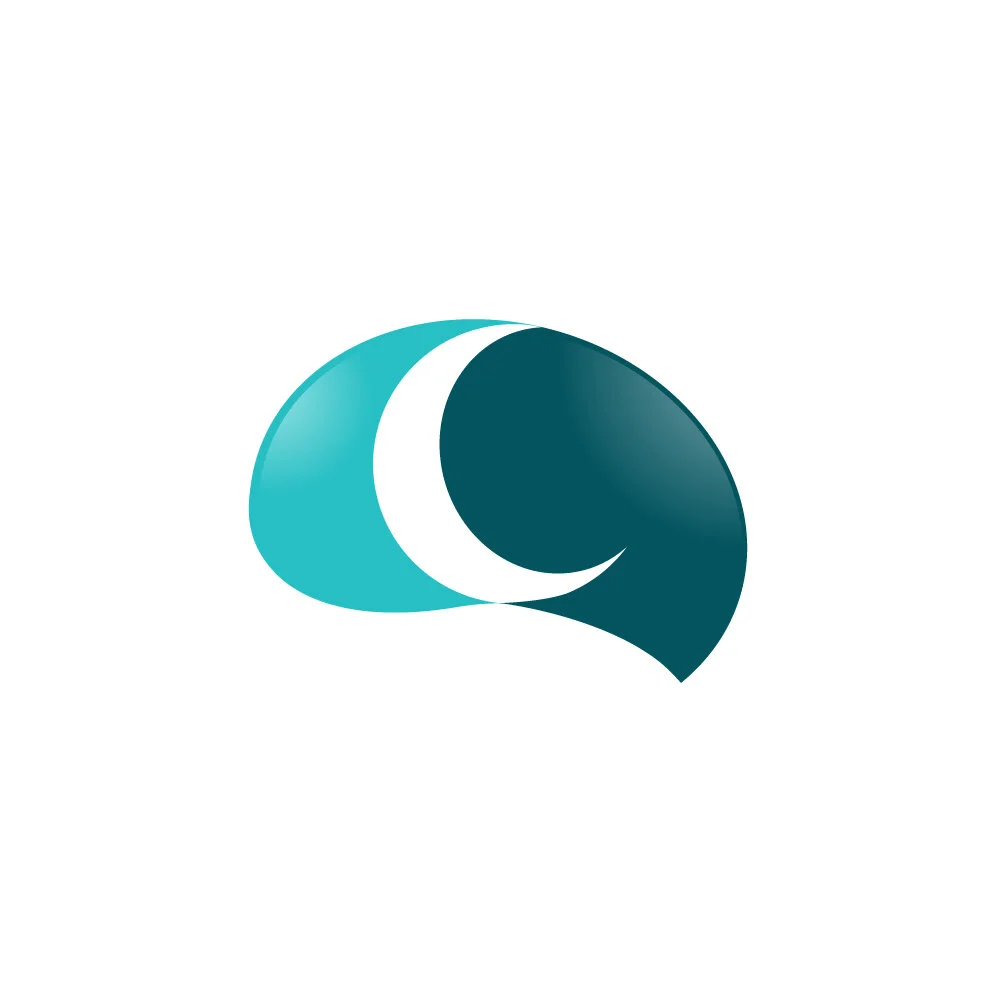
Laboratory Sleep Testing
Sleep and brain utilizes the Nox A1s laboratory polysomnogram system.
Innovations in ergonomics, robustness, scalability, flexibility, and technology are combined to create the next generation of laboratory sleep system. The comprehensive Nox A1s PSG System is a portable system that simplifies performing a comprehensive sleep study and delivers secure and precise measurements in the comfort of your home.
The Noxturnal software system complements the Nox recording system. Noxturnal is a powerful software that utilizes automatic analysis, scoring, and advanced reporting instruments to analyze your sleep.
The Recording Result Overview page displays your sleep data, providing a visual solution to understanding your sleep better.
The Single Body Source algorithm uses your biosignals to verify the chain of custody. The advanced automatic algorithm is coupled with a simple bracelet to fulfill a secure chain of custody.
Recent publications find the Noxturnal automated respiratory scoring algorithm is as accurate as a manually scored AHI.
Noxturnal algorithms derive flow from the RIP belts that complements the flow signal coming from the nasal cannula or for individuals who cannot use a nasal cannula.
The Noxturnal Report System generates a customized analysis and interpretation report.
We utilize Nox-designed sensors and accessories to ensure the best clinical outcome. The Nox RIP Belts, the Nox nasal cannula, the Nox EEG Cup Set, or any other Nox sensor provide the highest quality signals. Using Nox Medical sensors and accessories is an integral part of getting the most reliable data from your polysomnogram recording. Any chain is only as strong as its weakest link, and this is why we utilize Nox Medical sensors with our equipment.
The ergonomic Nox Snap-On Leads are color-coded and come in different lengths for each particular use case. For instance, we use shorter ones for measuring bruxism or the long, dual cables for limb movement recordings.
The ergonomic Nox A1s EEG Head Cable, in conjunction with the 5 Lead Gold Electrode Cables, improves the hook-up experience and fosters better sleep and signals.
The advanced electronics and stretchable elastics in the Nox RIP belts yield high-quality respiratory signals. The single-use straps are comfortable and easily adjust to fit children and adults.
We utilize Nox nasal cannulas with Nox recorders. The Nox nasal cannulas have undergone extensive tests to ensure an accurately recorded pressure signal. They are single-use to prevent the risk of cross-infection, and the filter helps in preventing this further.
Frequently Asked Questions
Where is a laboratory sleep study performed at Sleep and Brain?
A laboratory sleep test is typically performed overnight at a sleep center. Many people find the experience of sleeping in a strange place under the watchful eye of someone disturbing and disruptive to their sleep.
At Sleep and Brain, we uniquely perform the "laboratory" sleep test in your home. The state-of-the-art Nox A1s equipment with wireless interfaces permits performing a complete polysomnogram in the comfort of your home. Our certified technician:
arrives at your home in the evening
explains the procedure
answers questions you may have
applies the sensors
leaves to allow you to sleep in your bed
returns the following morning to remove the sensors
scores the study and transmits the data to the doctor
How is a laboratory sleep test different from a home sleep test?
A laboratory sleep test detects sleep disorders using sensors, including:
Electrodes on the head to measure brain activity
Electrodes on the face to measure eye movement and jaw muscle activity
Electrodes on the legs to record muscle movement
Elastic respiratory belts to measure breathing effort
EKG monitors to measure heart rate and rhythm
Additional sensors to measure oxygen levels, carbon dioxide levels, breathing activity, and snoring
Video
A home sleep test uses fewer sensors to detect breathing disorders primarily. The WatchPAT One comes in a small package that includes minimal equipment people can apply themselves easily.
A laboratory sleep study detects sleep disorders, including sleep-disordered breathing, periodic limb movement disorder, circadian rhythm disorders, hypersomnia, insomnia, and seizures. A home sleep test, however, can only test for breathing disorders such as obstructive sleep apnea. Additionally, a laboratory sleep study records actual sleep. In comparison, a home sleep test records data from lights off to lights on. Consequently, sleep apnea may be underdiagnosed because a home sleep test records one's breathing while awake, a period without obstructive apnea.
What days are the laboratory sleep test performed?
At Sleep and Brain, our first thought is to you and your needs. We are committed to your satisfaction and strive to provide the experience we wish for ourselves and our loved ones. Consequently, we can perform an overnight laboratory sleep test in the comfort of your home any day of the week, including weekends.
When should I expect to receive my laboratory sleep study results?
The technician removes the sensors, scores the study, and transmits the data to the doctor the morning after your sleep study. Our physician will contact you the same day with the results. In other words, you should expect to receive your results within 24 hours of the time and date your laboratory sleep study began.











